Preventing Common Accidents in the Home: Ensuring Safety and Well-being
Preventing Common Accidents in the Home: Ensuring Safety and Well-being
Introduction:
The home should be a sanctuary of safety and comfort, but accidents can still occur if proper precautions are not taken. This essay aims to identify common accidents in the home and their causes, while also providing valuable information on how to prevent these accidents. By implementing safety measures and adopting a vigilant mindset, individuals can create a secure environment for themselves and their families.
Common Accidents in the Home and Their Causes:
Prevention of Common Accidents in the Home:
To prevent common accidents in the home and ensure the safety of household members, the following measures should be implemented:
Conclusion:
Preventing common accidents in the home requires a proactive approach to safety. By identifying potential risks, implementing preventive measures, and educating household members about safety practices, individuals can significantly reducethe likelihood of accidents occurring. Maintaining a clean and organized living environment, practicing safe handling of objects, being cautious with hot surfaces and liquids, ensuring proper electrical installation and maintenance, and creating a child-friendly environment are essential steps in accident prevention. Additionally, familiarity with first aid techniques, proper storage of hazardous substances, water safety awareness, and knowledge of wildlife encounters contribute to a safer home environment. By adopting these preventive measures and promoting a safety-conscious mindset, individuals can protect themselves and their loved ones from common accidents and create a secure and nurturing home environment.
1 Comment
Shock: Causes, Management, and PrecautionsIntroduction:
Shock is a medical condition characterized by a temporary lack of blood supply to the brain and other vital organs. It can be triggered by various factors, including distressing or significant events such as electric shock, severe injuries, and illnesses. This essay will delve into the causes of shock, discuss its management, and highlight important precautions that one should take to prevent or address this condition effectively.
Causes of Shock:
Management of Shock:
When encountering a person in shock, it is crucial to take immediate action. The following steps can help manage the situation effectively:
Precautions to Prevent Shock:
To prevent shock and minimize the risk of experiencing this life-threatening condition, the following precautions should be taken:
Conclusion:
Shock is a critical medical emergency that requires swift intervention. By understanding the causes of shock, implementing appropriate management techniques, and adhering to necessary precautions, we can minimize the risk of experiencing this life-threatening condition. Remember, prioritizing personal safety, seeking prompt medical attention, and creating a safe environment can contribute significantly to preventing shock and ensuring overall well-being.
EXAMPLES OF SMALL KITCHEN EQUIPMENT
Types of small kitchen equipmentcutlery e.g knives, forks and spoonsChoice of small kitchen equipmentshould be suitable size and shapecare of small kitchen equipment
Knives
Uses of knives:for general cutting, chopping, and peeling.Care of knives:-
Choice of Glass
Uses of Glassfor kitchen items, e.g drinking glasses, water jugs, measuring jugs, plates and bowls, cups and saucers, casserole, mixing casserole, mixing bowls, ornamental, e.g flower vessel.Care of Glass
Earthenware (China)
Enamel earthenwareavoid already scratched equipment and one with attractive colours and designs.Uses of enamel
care of enamel
PlasticsChoosing plastics
uses of plasticsfor basins, buckets, plates, cups, jugs, mixing bowls, cutlery etc.care of plastics
Cooking pots and pans:-
choice of pots and pans
Use of pans and pots,surface cooking,care of pots and pans
Enamel pot or pan
Clay pot
Baking tins and traysChoice of tins and trays
use of tins and trays
care of tins and trays
Wooden utensils
Use of Wooden utensils
Care of Wooden utensils
Safety precautions when handling kitchen equipment
IMPROVISED KITCHEN EQUIPMENT
KITCHEN EQUIPMENTImportance of a well equipped kitchen, it helps save energy, time and money. Classes of kitchen equipment
Large kitchen equipmentExamples:
Cookers and cooking facilitiesExamples
Choice of cooking facilities
Disadvantages of cookers
CHOICE OF GAS COOKER
Use and care of gas/electric cookers
Advantages of a gas cooker
Disadvantages of a gas cooker
Charcoal jikouse charcoal, plant and animal waste e.g coffee husks, saw dust, cowdung etc. Use and care of charcoal jiko
Advantages of charcoal jiko
Disadvantages of charcoal jiko
Advantages of Charcoal Jiko
Disadvantages of Charcoal Jiko
Types of Oil/Paraffin Stoves
Advantages of Oil/Paraffin Stoves
Disadvantages of Oil/Paraffin Stoves
Care of paraffin stoves
How to choose a refrigerator
Small electric kitchen equipmenExamples
Kitchen factory/food processo
Choice, use and care of kitchen factor
Care and cleaning of food processor
Automatic rice cooler
choice, use and care of an automatic rice Cooler
Using automatic rice coolerUsing:-
(i) hot button should be kept on, (ii) lid to be carefully removed for condensed water. Sandwich maker
Cleaning and care of sandwich makers.
Electric toaster
Electric kettle
Choice and Care of Electric kettlechoice and care:-
Waffle make
SUB-TOPICSKITCHEN EQUIPMENT (8 Lessons)
Specific ObjectivesBy the end of the topic the learner should be able to:
CARE OFTHE HOME NOTES FOR HOME SCIENCE FORM 1SITTING ROOM (Daily cleaning of sitting (living) room)
Weekly cleaning of sitting room
Occasional cleaning of sitting room
Cleaning dining room
Refer to sitting room
Pay attention to Dining table, table cloth and floor around the table. BEDROOM
|
AuthorATIKA SCHOOL TEAM Archives
September 2023
Categories
All
|
Can't find what you are looking for? Don't worry, Use the Search Box Below.
|
Primary Resources
College Resources
|
Secondary Resources
|
Contact Us
Manyam Franchise
P.O Box 1189 - 40200 Kisii Tel: 0728 450 424 Tel: 0738 619 279 E-mail - sales@manyamfranchise.com |

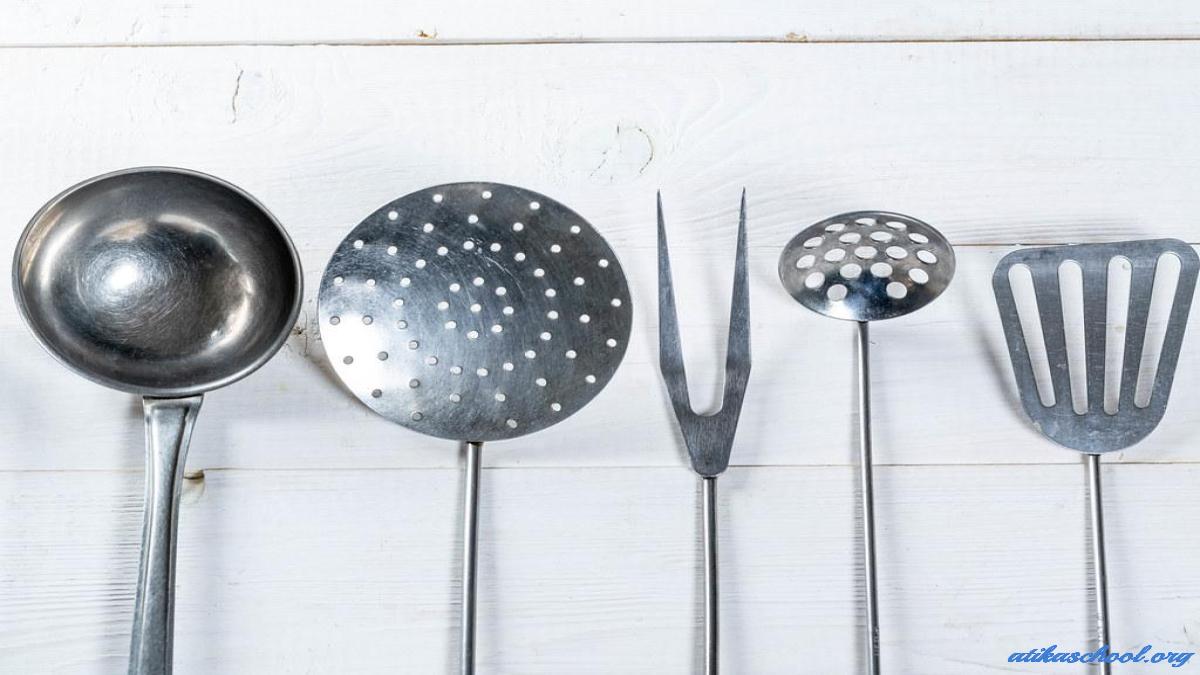
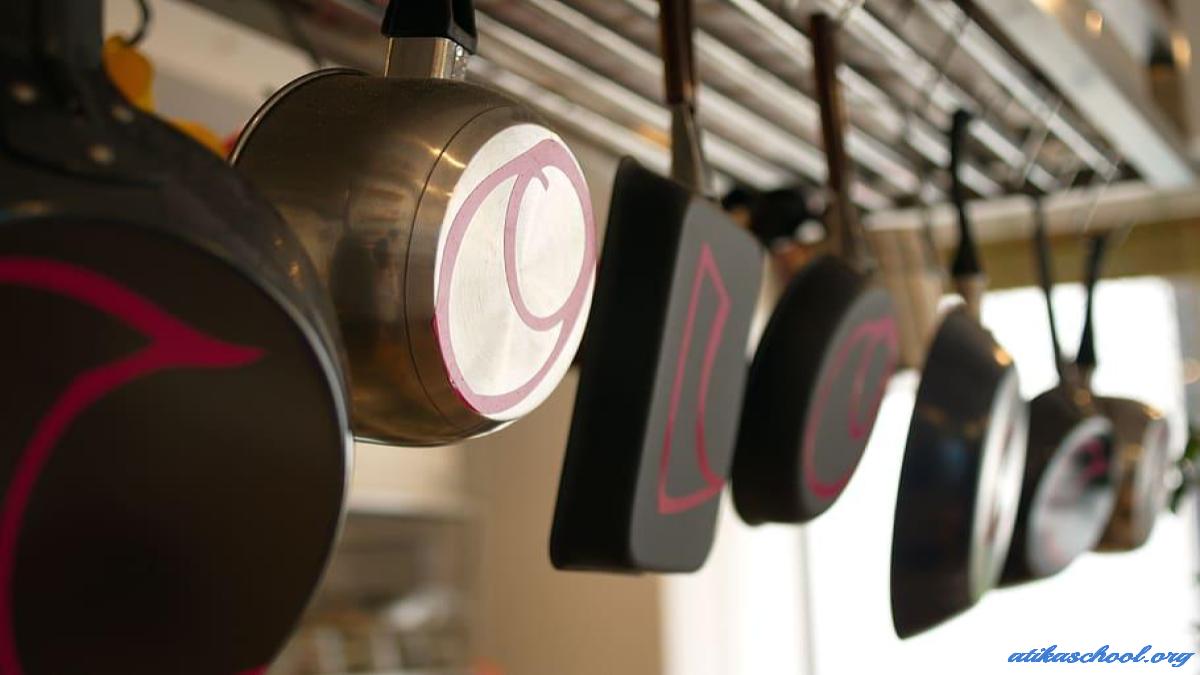
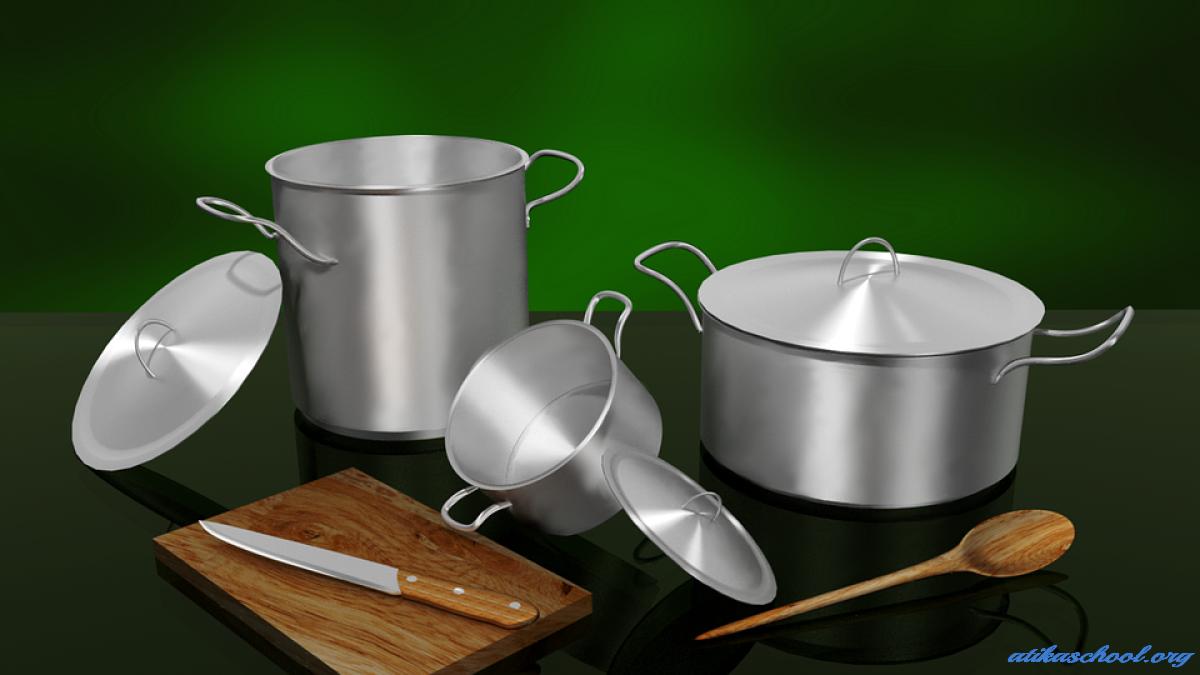

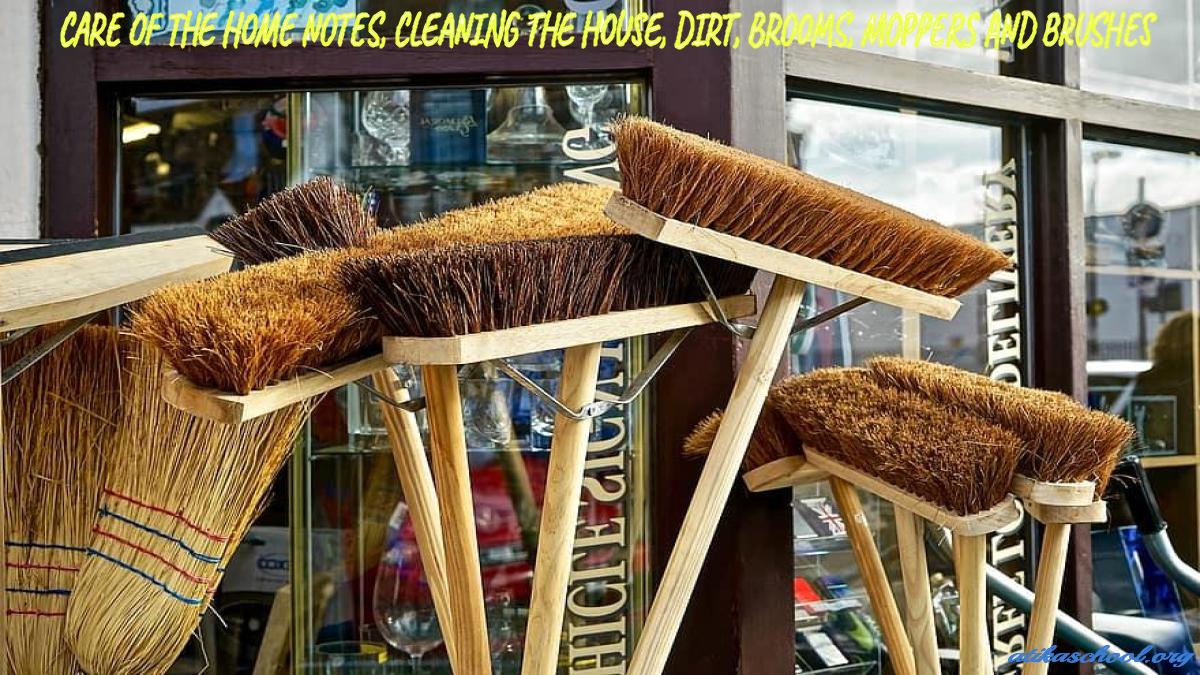
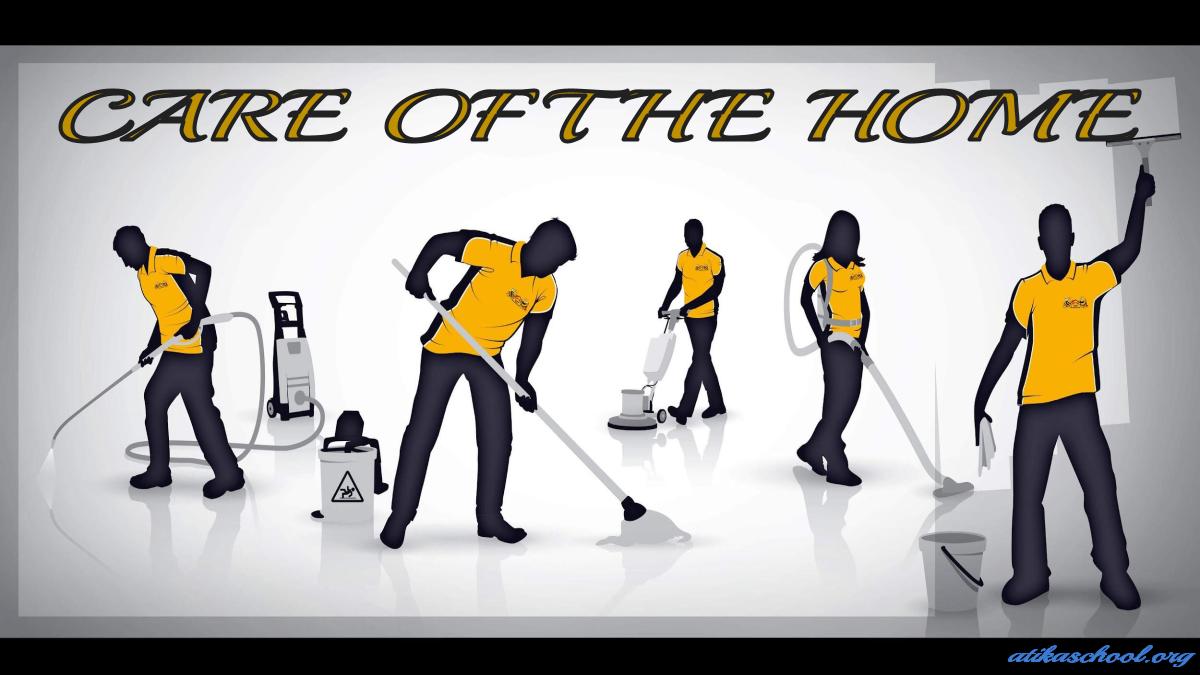

 RSS Feed
RSS Feed

